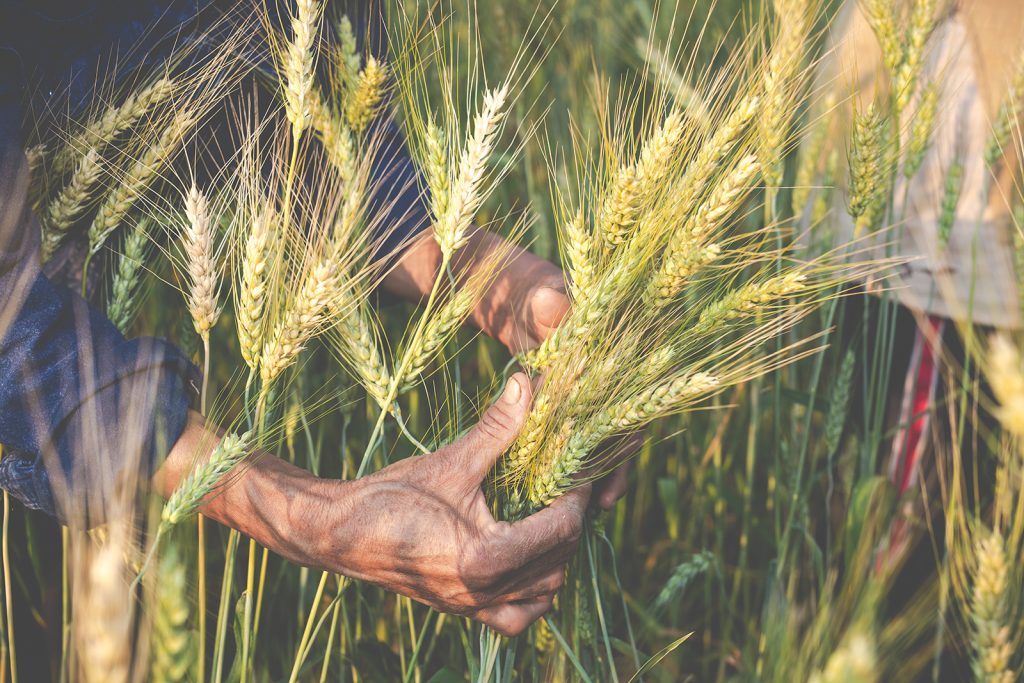Did you know that grains are a great source of nutrients, from fibers and vitamins to minerals such as iron and magnesium? And that a healthy whole grains diet can reduce the risk of a whole bunch of chronic diseases? Well, here’s something that you maybe didn’t know: even though rice and wheat are types of grain too, it’s corn that has the largest share in global grain production. In 2020/2021, total worldwide production of grain amassed to about 2,67 billion tons – of which corn accounted for about 1,125 billion. In other words, well over 40 percent, or almost as much as wheat (775 million) and rice (505 million) combined. (And yes: corn is heavier than the other two ;).
Agiblocks Specialized Commodities
Over the summer, we have basically bombarded you with articles about our Specialized Commodities: the four most well-rounded commodities in our Agiblocks CTRM solution. Since our Agiboo Whitepaper on Specialized Commodities was published, we were done with our spotlight on sugar, cocoa, coffee and grains – or so we thought! As it turns out, there’s one more item that needs to be covered.
Why is that? Well, our website features several listicles (a listicle is a short-form of writing that uses a list as its thematic structure), such as 10 interesting facts about sugar, 16 facts about coffee and all you should know about cocoa. Ow, and don’t forget our fun facts about cotton. But as you may have guessed, grains are missing here. Until now…
1. Generally speaking, the word ‘grain’ covers 7 major types
Grain is the collective term used to describe editable seeds harvested for human and animal consumption. Various grains are an integral part of diets across the world which causes an increasing demand and volatility for these commodities.
When we’re talking about grain, we usually mean one the 7 major types. They are, ordered by share of global production: corn, wheat, rice, barley, sorghum, oats and rye.
2. Global production of grains surpasses 2,5 billion tons
To paint an even clearer picture of global production, this is the breakdown of the aforementioned 2.67 billion (or 2,665 million) tons of grains in 2020/2021;
- Corn: 1,125 million tons
- Wheat: 775 million tons
- Rice: 505 million tons
- Barley: 159 million tons
Sorghum: 62 million tons - Oats: 25.5 million tons
Rye: 14.3 million tons
3. Sorghum is a very diverse grain indeed
Out of the 7 types mentioned in fact number 2, sorghum is probably the least known – even though its annual global production easily outweighs the amount of oats and rye combined.
It has been around for thousands of years, evolving from a single-purpose crop to a multi-facetted grain known for its gluten-free attributes and increasing role in the world of ethanol. The stem juice of sweet sorghum is rich in fermentative sugar and is also a desirable alcoholic fermentation material. Sorghum, as well as millets, has been an important staple in the semi-arid tropics of Asia and Africa for centuries. It is still the principal sources of energy, protein, vitamins and minerals for millions of the poorest people in these regions. In western India, sorghum has been commonly used with millet flour for hundreds of years to make the well-known hand-rolled flat bread.
4. Rice may be the odd one out in the Grain Family
Rice production is quite different from other grain types as it grows primarily in highly moisture and hot climate. It grows in low water regions and the process of harvesting rice is very labor intensive. That is what makes countries that also have low labor costs – such as China, Indonesia and Vietnam – very suitable for production of rice.
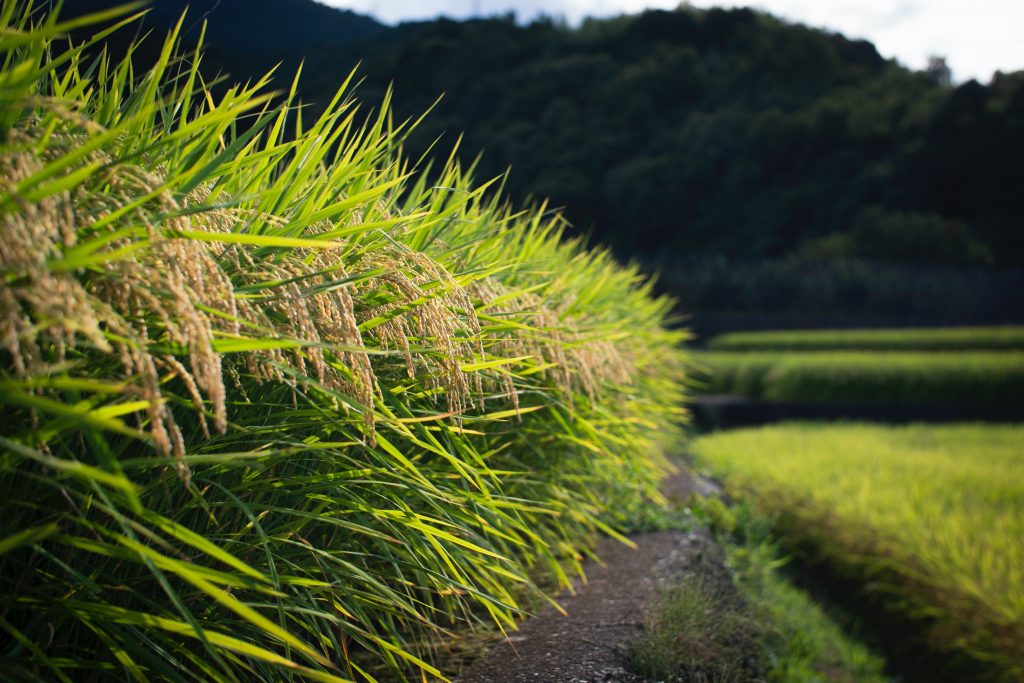
5. Wild rice isn’t rice at all
Wild rice has been dubbed ‘rice in disguise’, but the thing is: it’s not even rice at all. Moreover, it’s not even wild! Or at least, hardly – as it’s mainly grown commercially, in calm, shallow water in small lakes and slow-flowing rivers. A better pun would be ‘grass seeds disguised as rice’, but we understand that ‘rice in disguise’ just sounds better.
So, despite its name and although it is indeed the seed of an aquatic grass just like rice, it’s not actually related to rice. It has been grown by Native Americans for a long time and has since been adopted as rice, mostly because it looks and cooks like most other types. Due to its strong flavor and generally higher prices, it’s usually mixed with other types of rice.
6. Corn is the number 1 grain
Corn is the most-produced grain worldwide, with its return-yield continually increasing. It’s also the biggest plant of the various grain types, which accounts for its supremacy. The US are the biggest producers of corn, followed by China, Brazil, Mexico and France.
Corn is a major part in diets across the globe, found in all kinds of food preparation. It’s also used as animal fodder and is a much-used ingredient in the creation of bio-fuel.
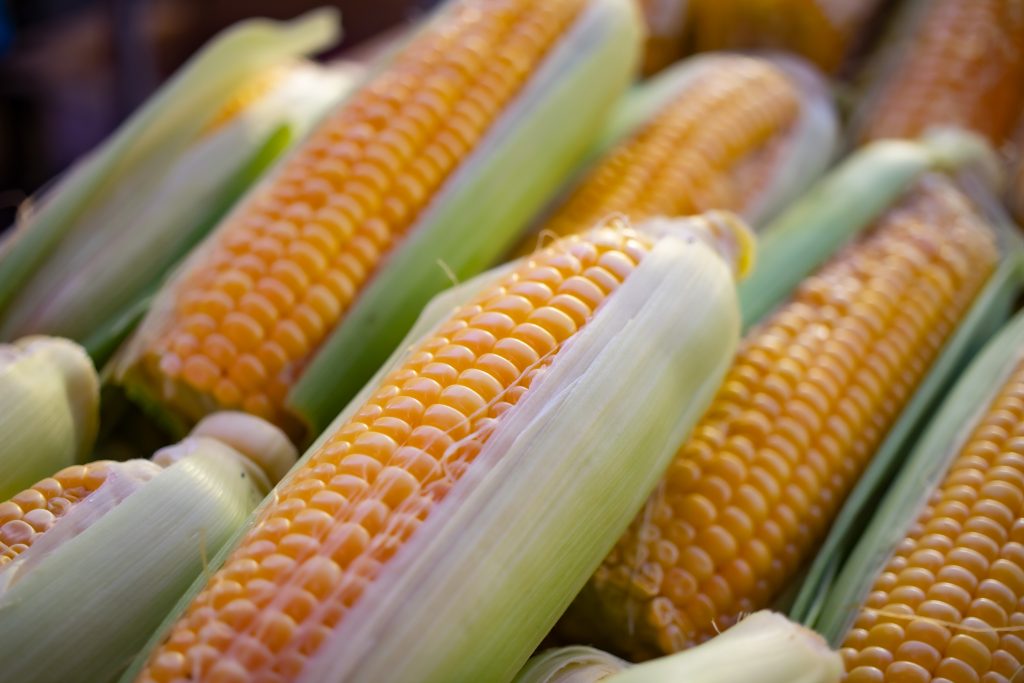
7. Maize is a Native American word
Maize is a Native American word. Funnily enough, it’s the Americans (and the Canadians) that call it corn. In most other countries, it’s known as maize.
‘Zey mays’, as the Natives called it, means ‘that which sustains life’, so it’s been a huge staple of food production for a long time now. In colonial times, Europeans quickly adopted corn agriculture from Native Americans, as they did with other indigenous plants like beans, tobacco and melons.
8. Barley is one of the oldest grains
It’s no wonder that we – as a species – eventually found out how to make beer from barley. The earliest cultivation of barley dates back about 10,000 years ago, as it was one of the first grains used by mankind, mostly in Eurasia. Chemical tests of ancient pottery jars have shown that beer was produced from barley as far back as 7,000 years ago in what is now Iran. Although that might not have been quite the drink as we know it today.
For the oldest evidence of ‘actual’ beer, we have to fast-forward about a thousand years, to 4,000 BC, as an old Sumerian tablet from around that time depicts people consuming a drink through reed straws from a communal bowl.
9. Barley: it’s not just for alcohol
Barley may be a grain that’s most commonly known for its use in the production of alcoholic beverages such as beer, but it too is also consumed in all kinds of diets across the world as well as fodder for animals, like corn – excuse me, maize. Barley is a popular crop for farmers as it is more resilient to weather effects and can be grown in different climates.
Russia is by far the biggest producer of barley, followed by Ukraine, France and Germany.
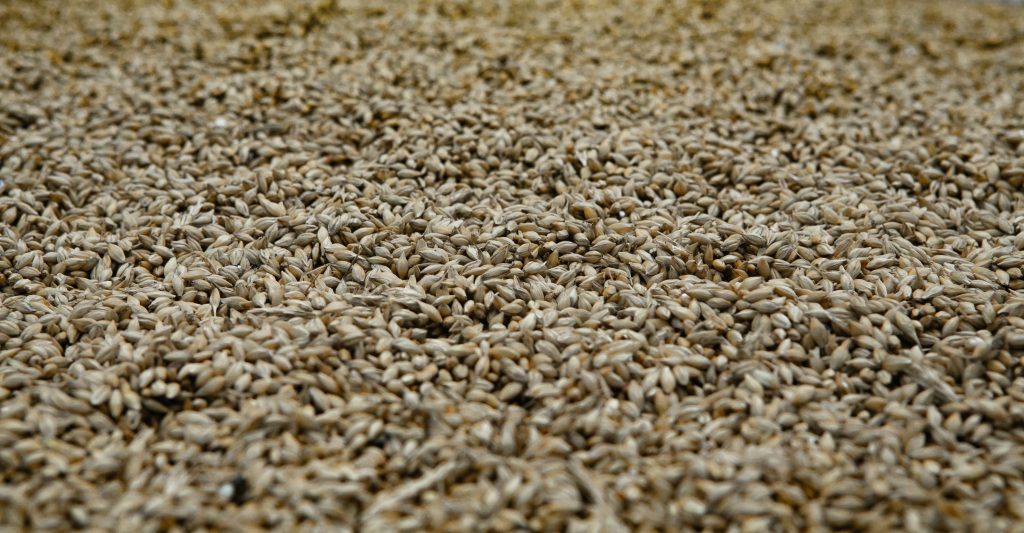
10. Wheat is grown EVERYWHERE
Wheat is one of the most ‘agronomically adaptable’ crops, as it can be cultivated almost anywhere. It is in fact more widely grown than any other staple food crop and can be found on all continents, if you disregard Antarctica – from (sub-) sea level locations such as here in the Netherlands to more than a mile higher up in the mountains of Tibet, and from the cold plains in Scandinavia all the way south to the warm climates of South America.
As much as 540 million acres (or about 218 million hectares) of land are used for the production of wheat. It accounts for about 17 percent of all cultivated land in the world. That’s well over six times the size of Germany, or a little bit more than the entire land mass of Greenland, the biggest island in the world.
11. Wheat: not just a food source
Wheat is used is a multi-purpose food source for anything from bread, cookies and cakes to pastries, pies, tortillas and even noodles. But did you know that it’s also used as an ingredient for paper, hair conditioner and even stamps?
Yes, well over two-thirds of all wheat produced goes into someone’s kitchen, as its main purpose is ending up as bread (or biscuits and cake). However, it also serves some real MacGyver-type applications. That’s because the gluten and starch make it elastic as well as able to bind to water. The starch from wheat is used to improve the strength of paper or in the production of the adhesive you find on the back of postage stamps, while wheat gluten can be found in the pharmaceutical industry: it’s used to create capsules.
Wheat germs in turn are used in soaps and creams, and you can even find wheat in the production of bioethanol – but not as much as corn.
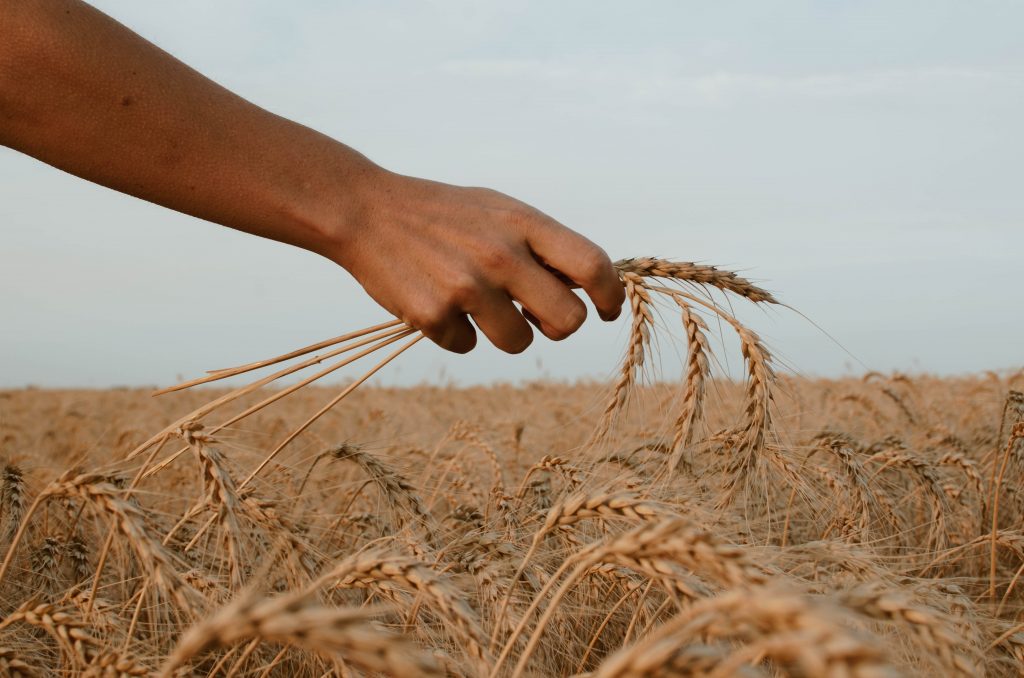
12. The EU is the largest producer of wheat
The three largest producers on a national level are China, India and Russia, followed closely by the United States. In the US, wheat is grown in all but eight states. While Kansas and North Dakota take turns in being the nation’s largest producers. About half of all US wheat production is used for export.
However, the combined production of all EU members outweighs China’s top spot. The biggest individual EU producers are France and Germany.
13. China might be self-sufficient in the production of wheat and rice within 5 years
China, the world’s biggest producer of wheat and rice, continues to dominate global production – even if the EU as a whole outproduces China when it comes to wheat (see 12).
For 2021-22, a record production of 136 million tons of wheat is projected for China alone – compared to about 10 million tons of import. For rice, the scales are even more impressive. Rice production in 2021-22 is estimated at a record-high of 149 million tons, with a mere 2.7 million tons of import, the second-to-lowest number in 10 years. Production is likely to outperform national demand over the coming years, diminishing the need for additional import and making China effectively self-sufficient in both food staples.
14. Wheat versus sand versus stars
There’s an age-old question: which are there more of, grains of sand on earth or stars in the universe? (spoiler alert: it’s stars). But what about this one: how many wheat kernels are traded globally each year? Because 775 million tons of wheat produced annually sounds like a ridiculously large amount. But it gets more ridiculous. 775 million tons, that’s about 28,500 million bushels of wheat (1 metric ton = 36.74 bushels). And one bushel contains about a million individual whole grain kernels, give or take. In other words, the annual production of wheat is about 28,500,000,000 individual kernels. We don’t even know what to call that amount. (Actually, we do: it’s 28 billion, 500 million).
By the way, that is still nowhere near the amount of either grains of sand or stars. According to an NPR study (or rather, estimate), there’s about 7.5 x 10-to-the-power-of-18 grains of sand on all the beaches in the world, which is to say about seven quintillion, five hundred quadrillion grains. Which is still far, far less than the number of stars in the universe…
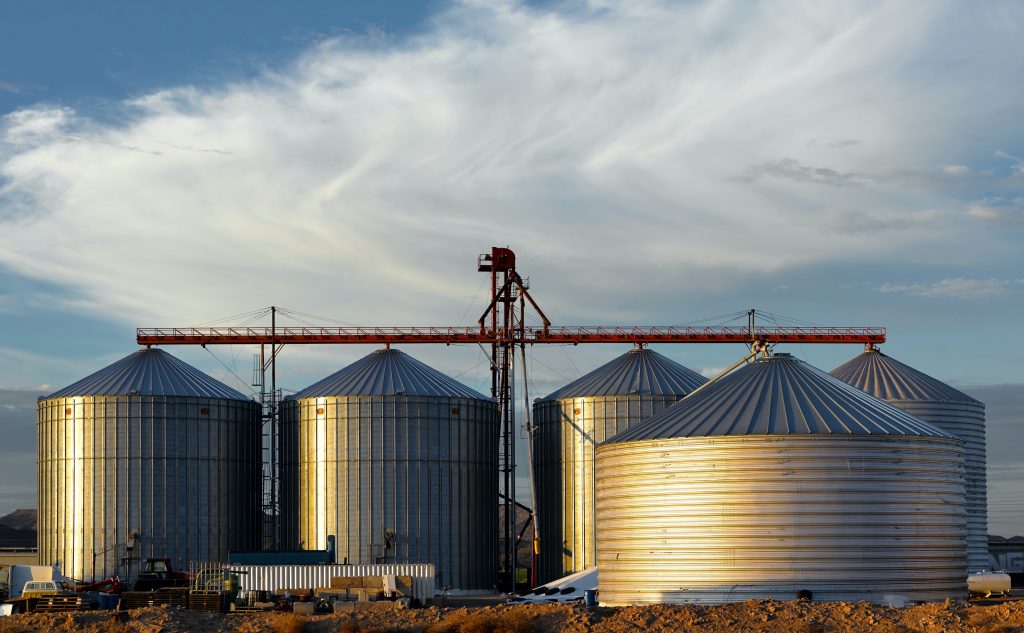
15. Grain is one of our favorite commodities
Agiboo’s flagship software Agiblocks focuses on all soft agricultural commodities, but it is no secret that our CTRM has its roots in four ‘favored’ commodities: Sugar, Coffee, Cocoa and Grains. That’s why our solution has unique features to cater to these ‘specialized commodities’, as we explain in our Whitepaper on Specialized Commodities.
